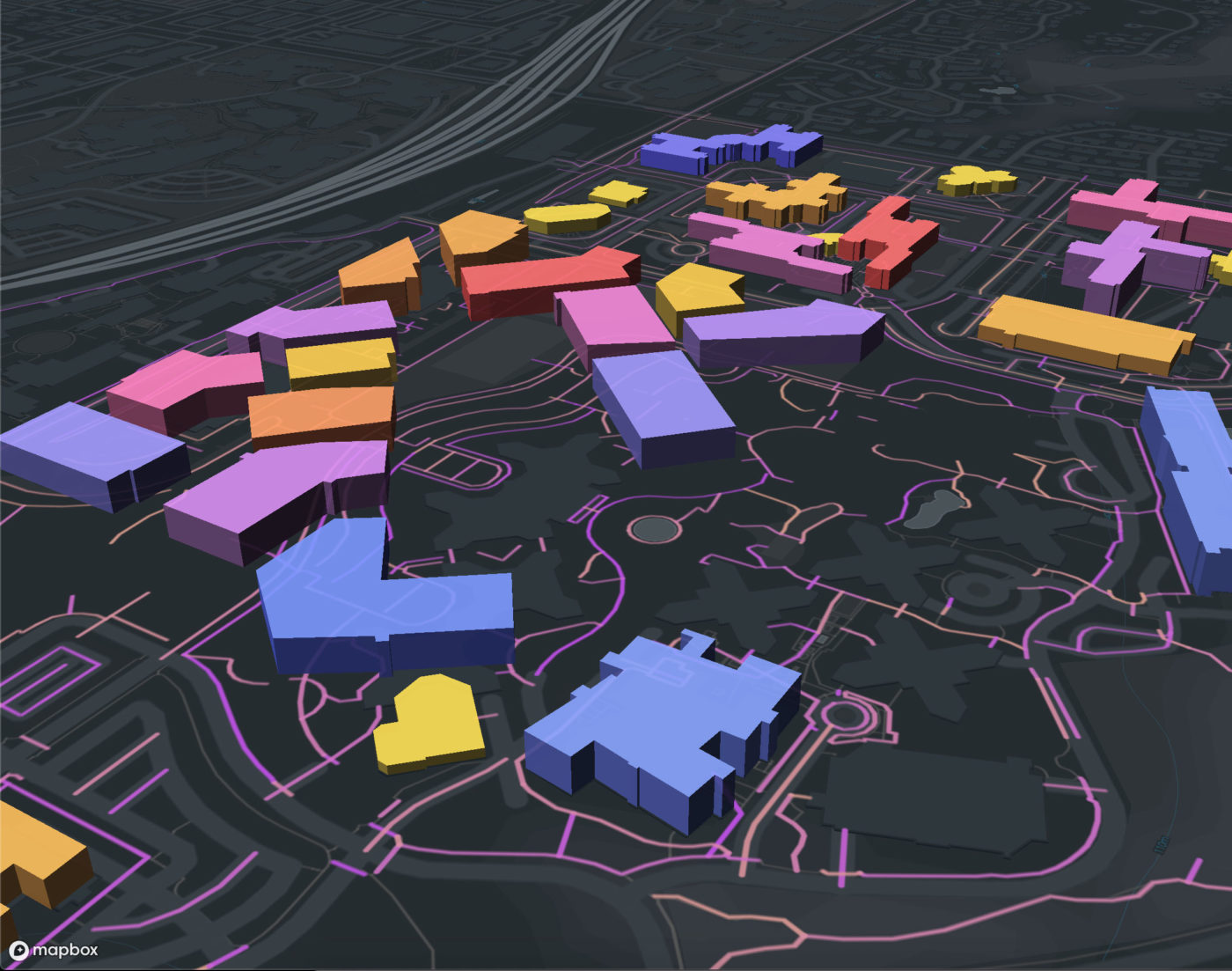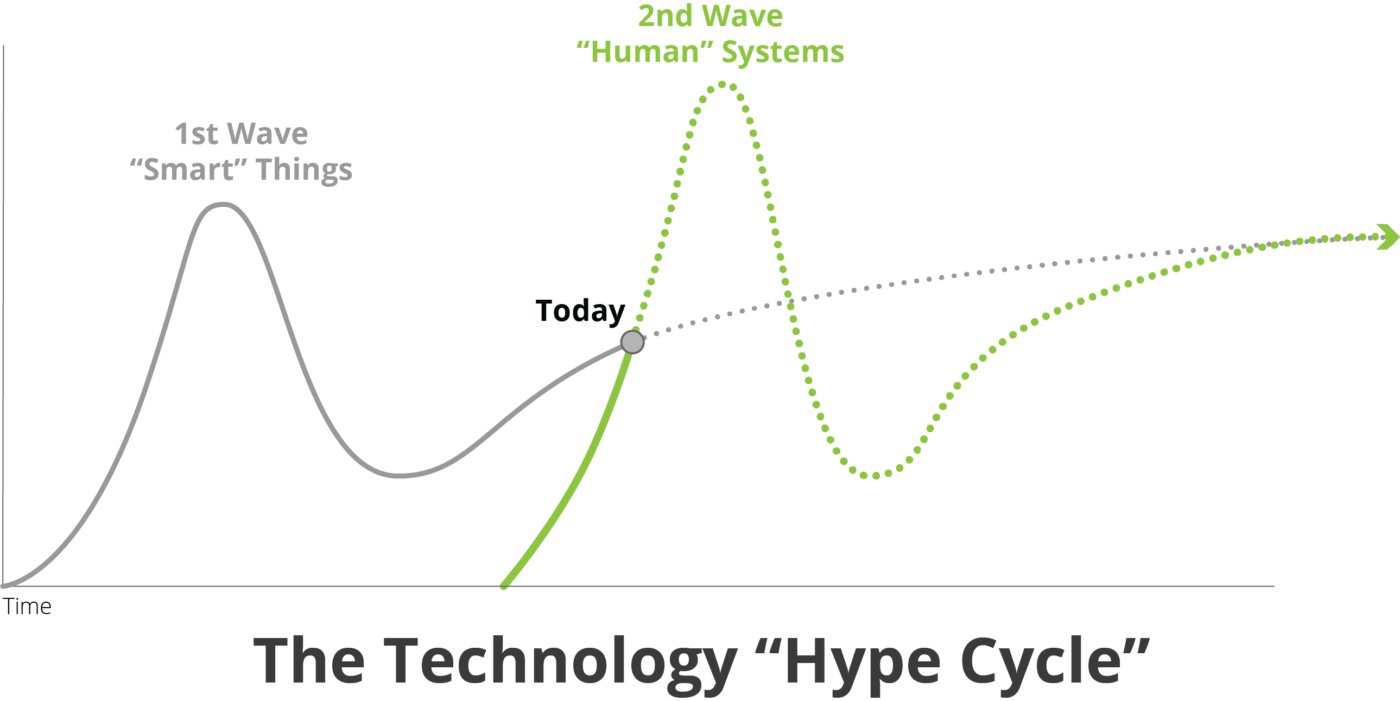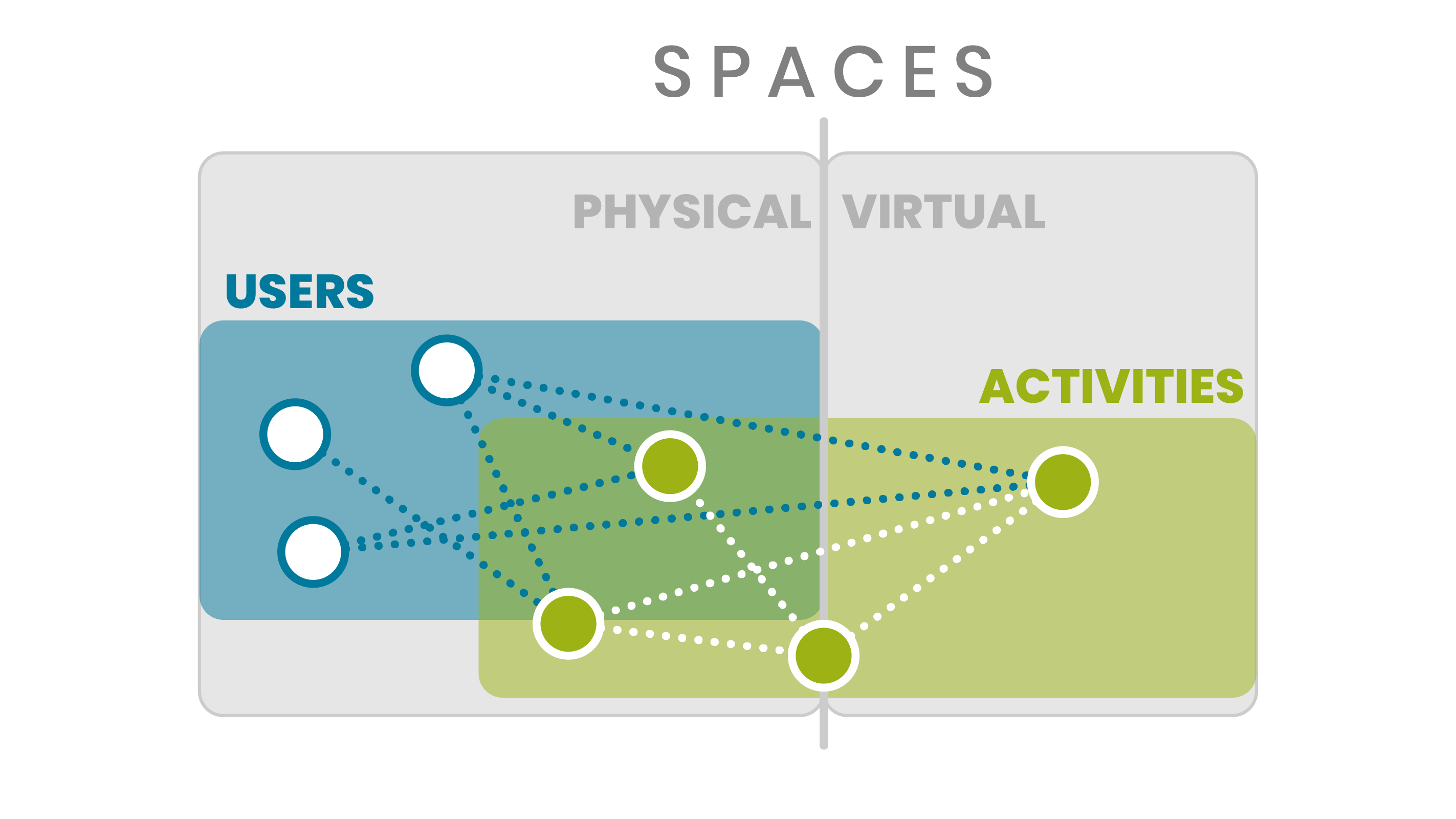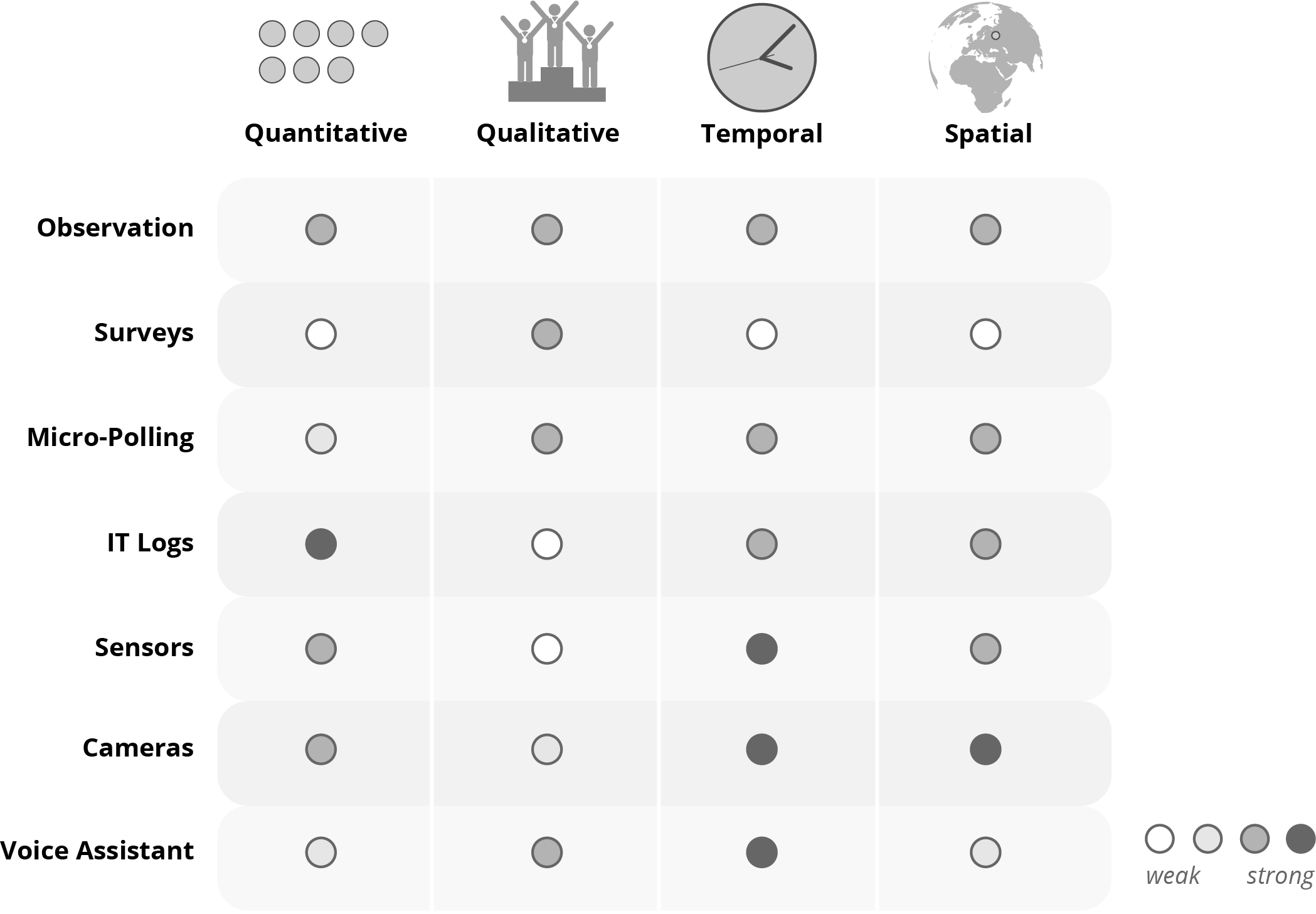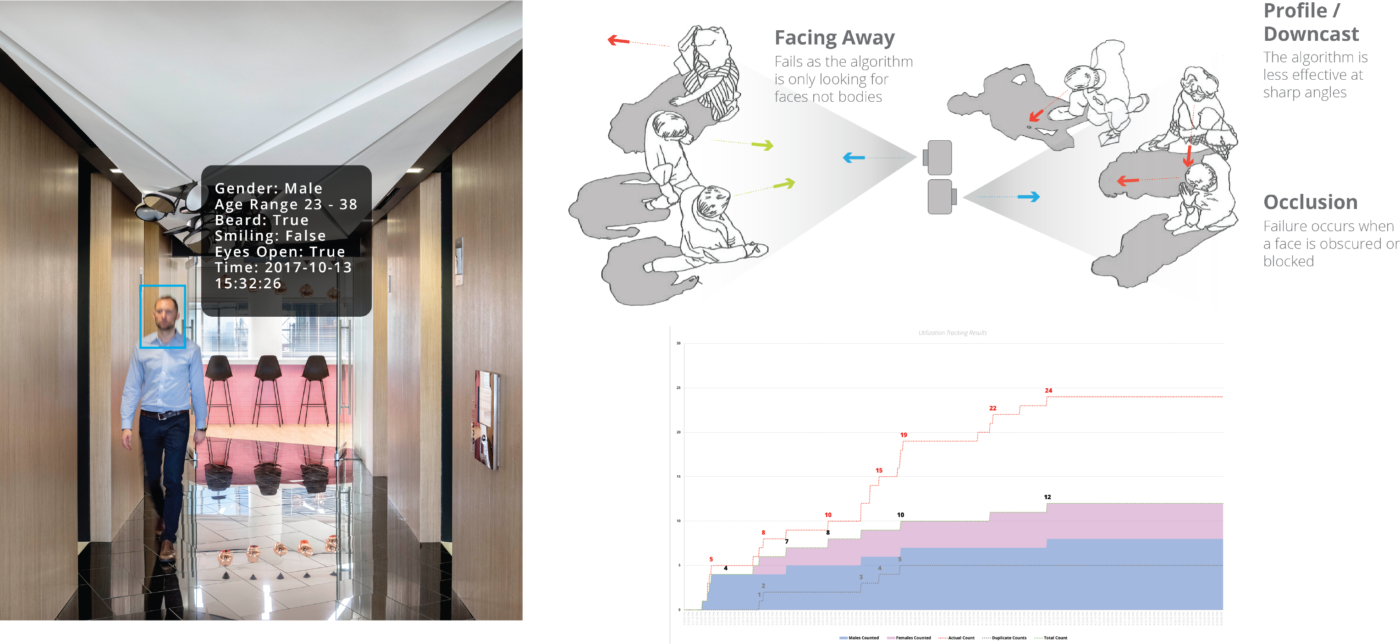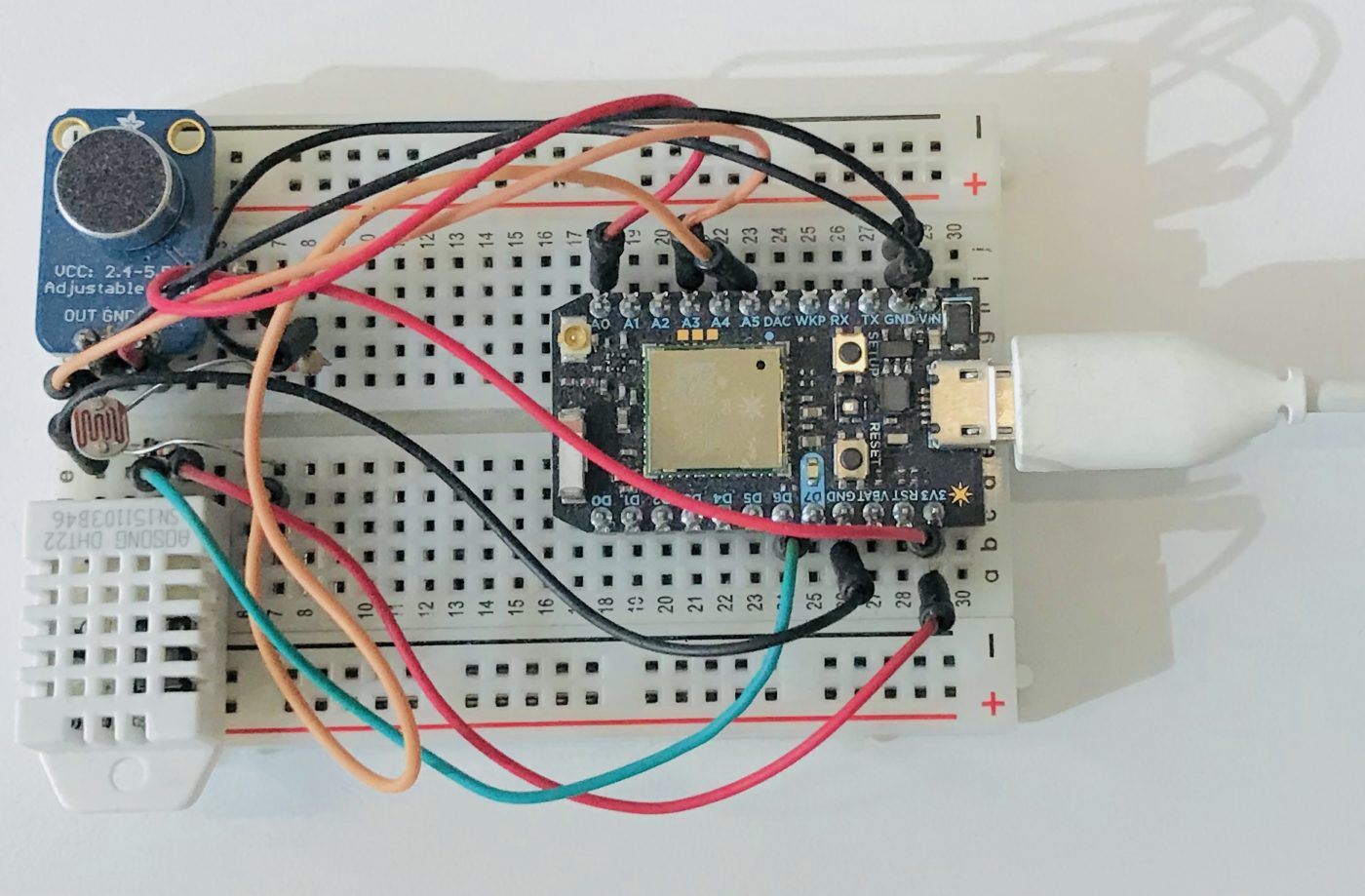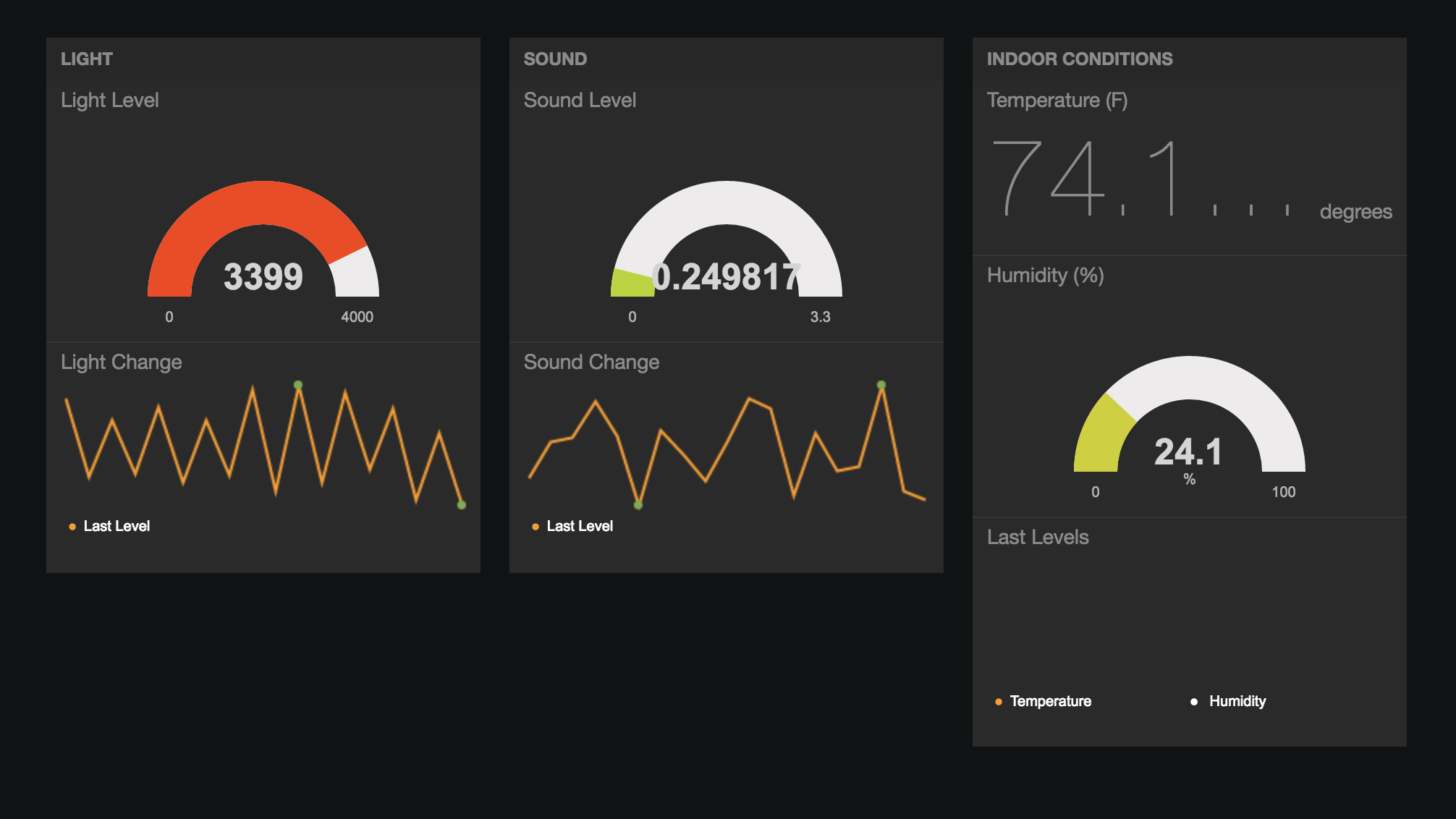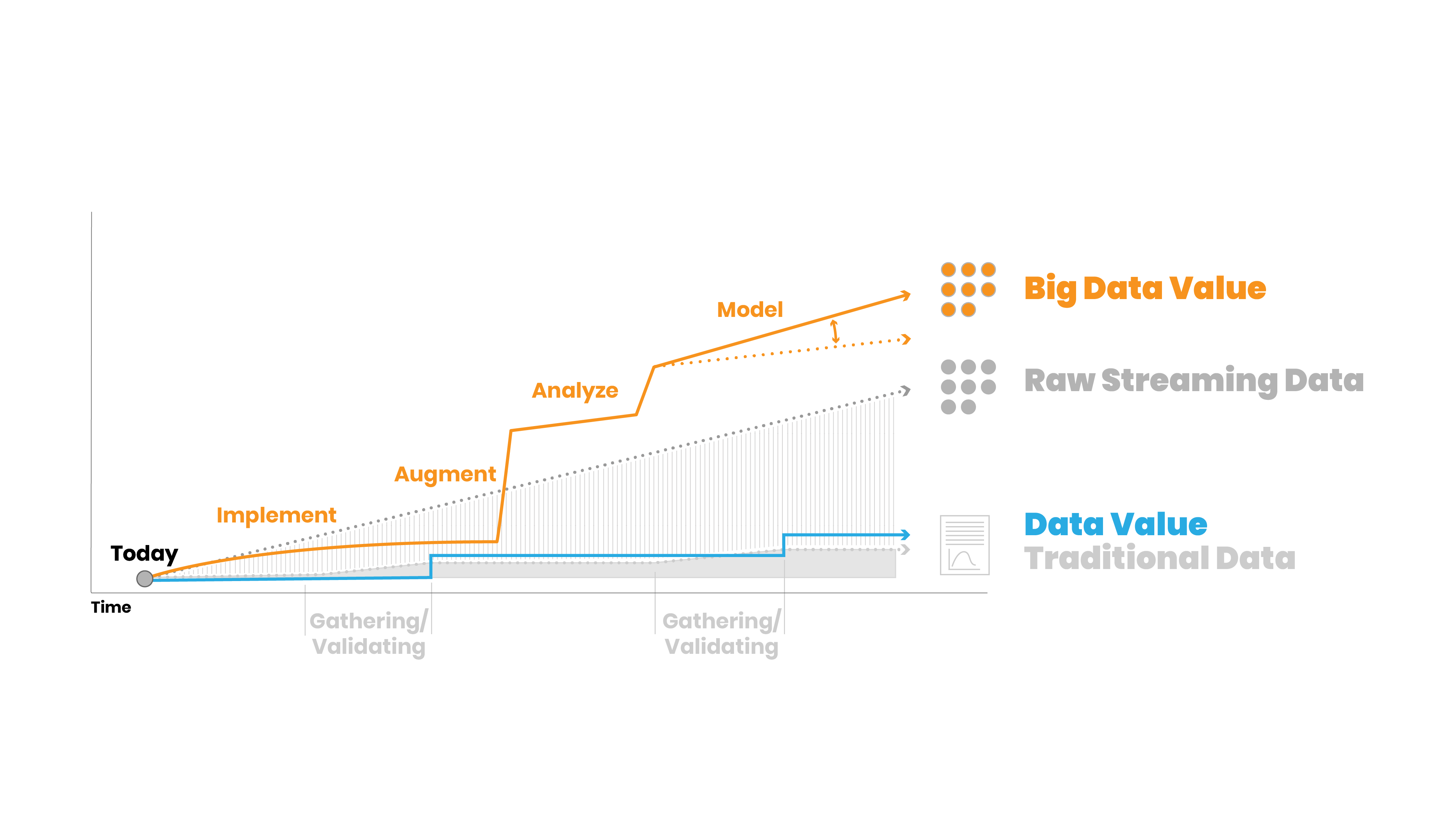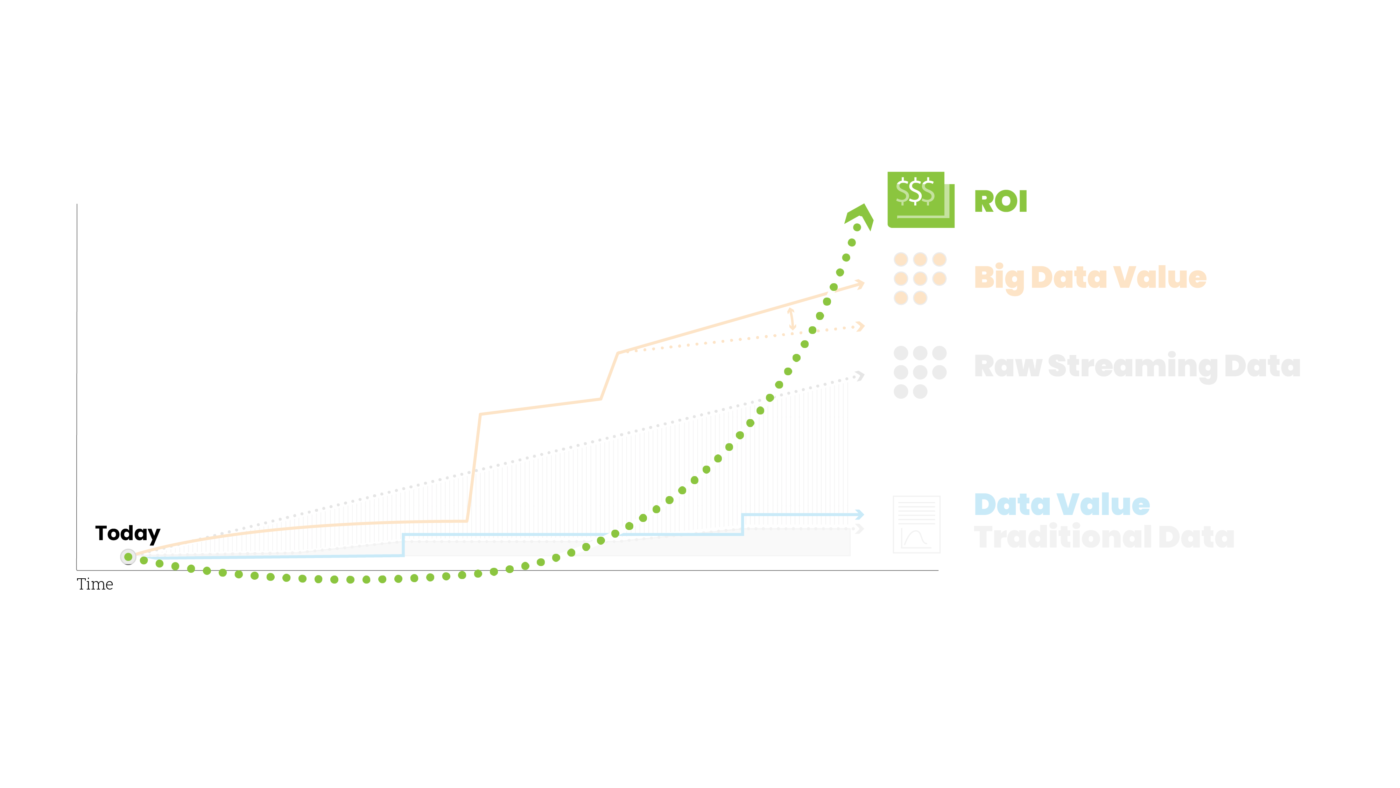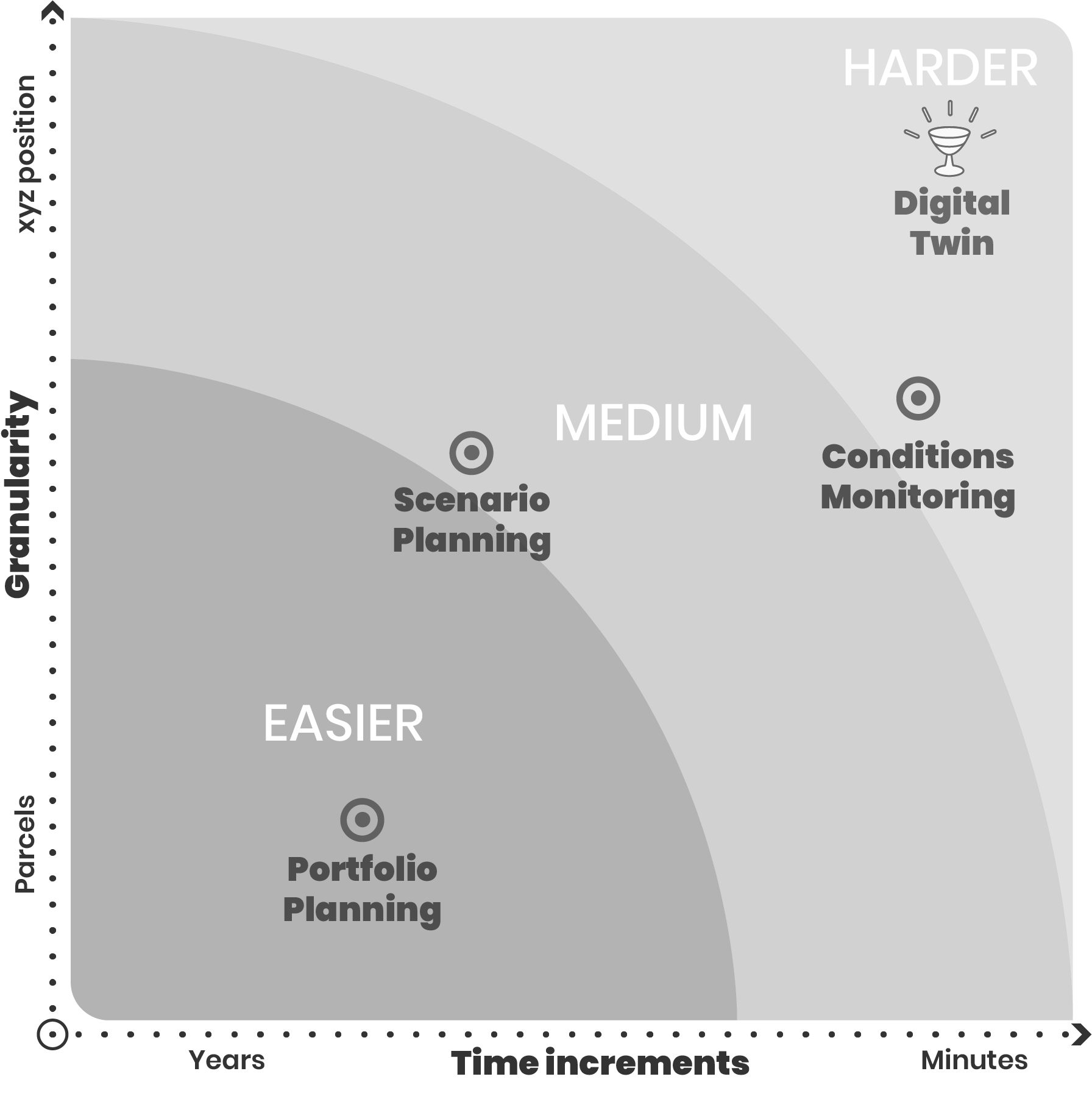A campus is like a small city state – made up of “citizens” with a clearly defined community boundary and a shared system of governance. Unlike most other spatial zones, campuses tend to have highly specialized or mediated functional layouts driven by the purpose and needs of the “governing” body, whether it is a corporate, health or education system. A campus environment benefits from the vastly reduced scale and complexity compared to most cities. While campuses have “tourists” in the form of visitors they do not usually have the complex border issues of nations around topics of immigration and naturalization. Mostly campuses have an added benefit in that they are closed systems where all of the users are generally “known” and have a relationship to the governing institution, whether as employees, patients, students, partners, etc. This relationship includes the reciprocal responsibility of the campus owners to ensure the safety, security and success of all of those inhabitants.
That is not to say that campuses don’t suffer from the same challenges of municipalities or countries. Campus organizations are responsible for infrastructure requirements, fiscal policy and social maintenance as well as community building. Most modern campuses have evolved over time just like cities and nations, which means that they also suffer from aging infrastructure, outmoded functional spaces and shifting socio-cultural movements. It is within this framework that the opportunities for data and technology provide a backbone for new spatial experiences and campus planning possibilities.
